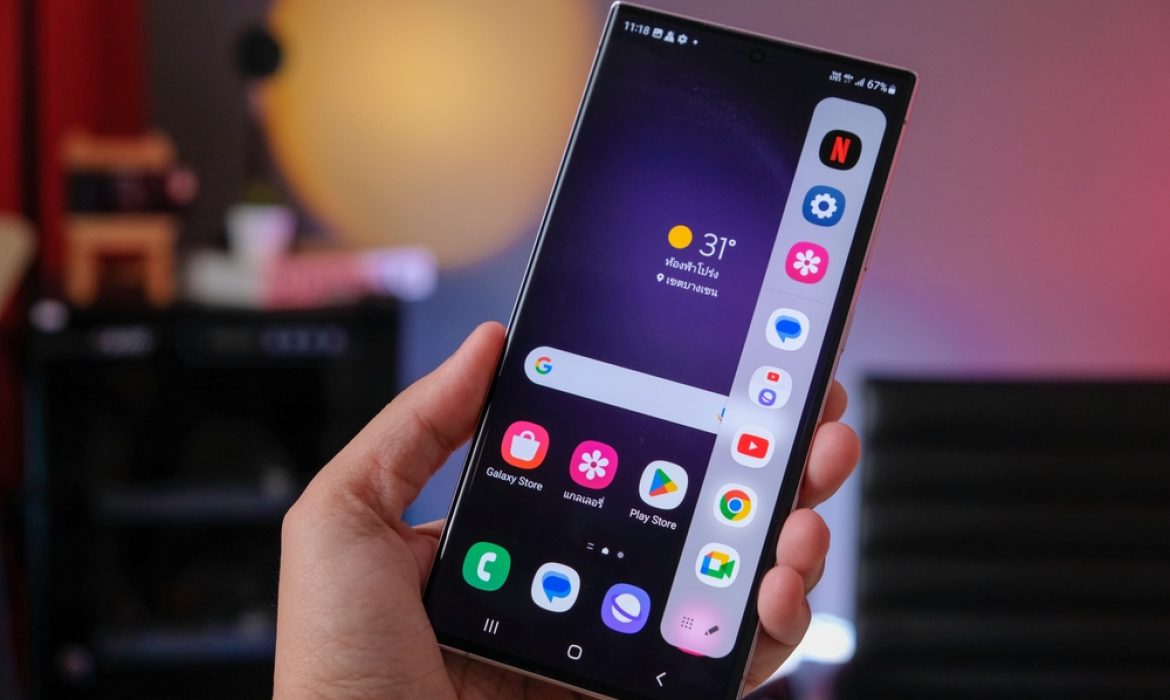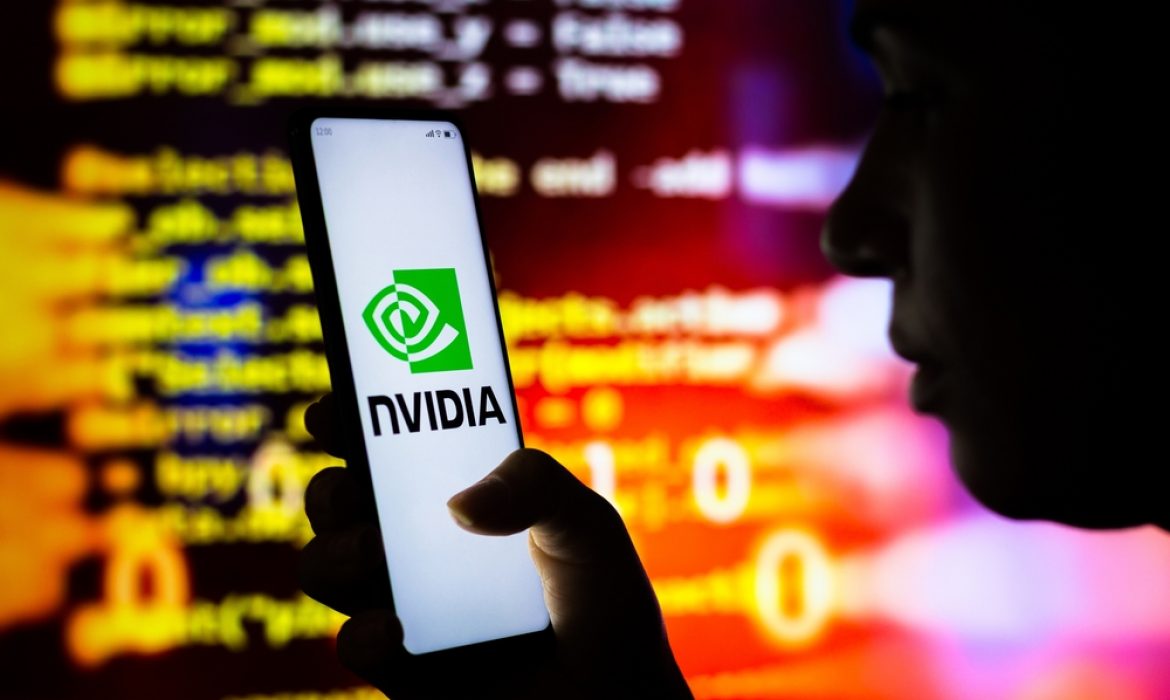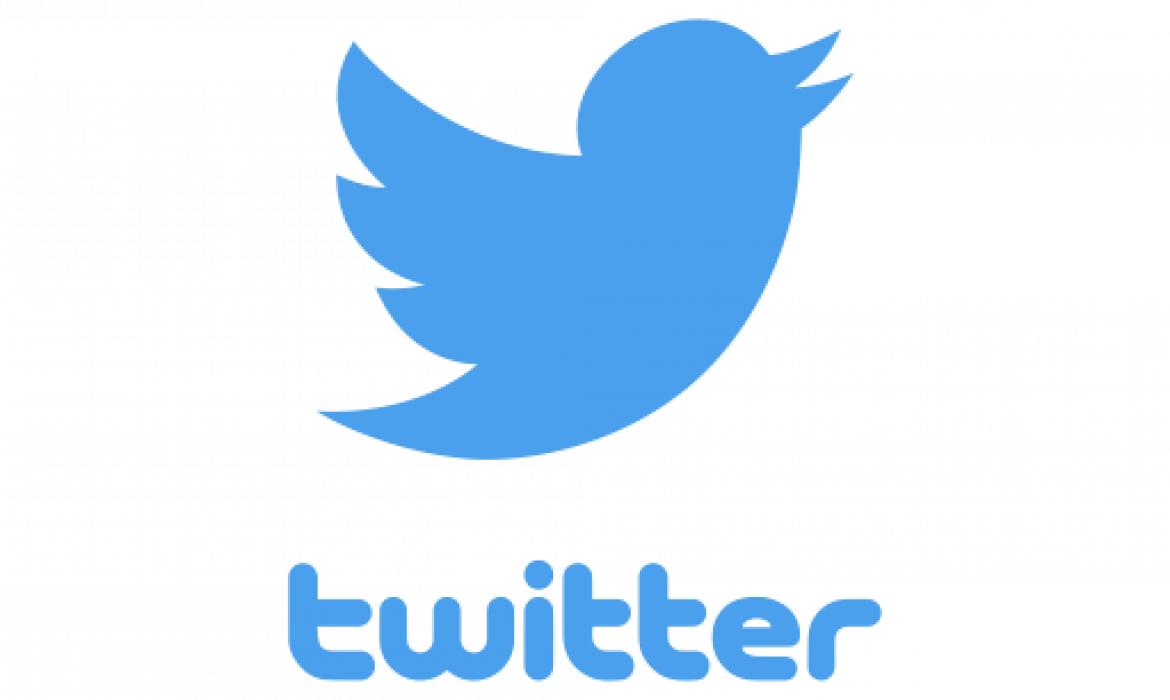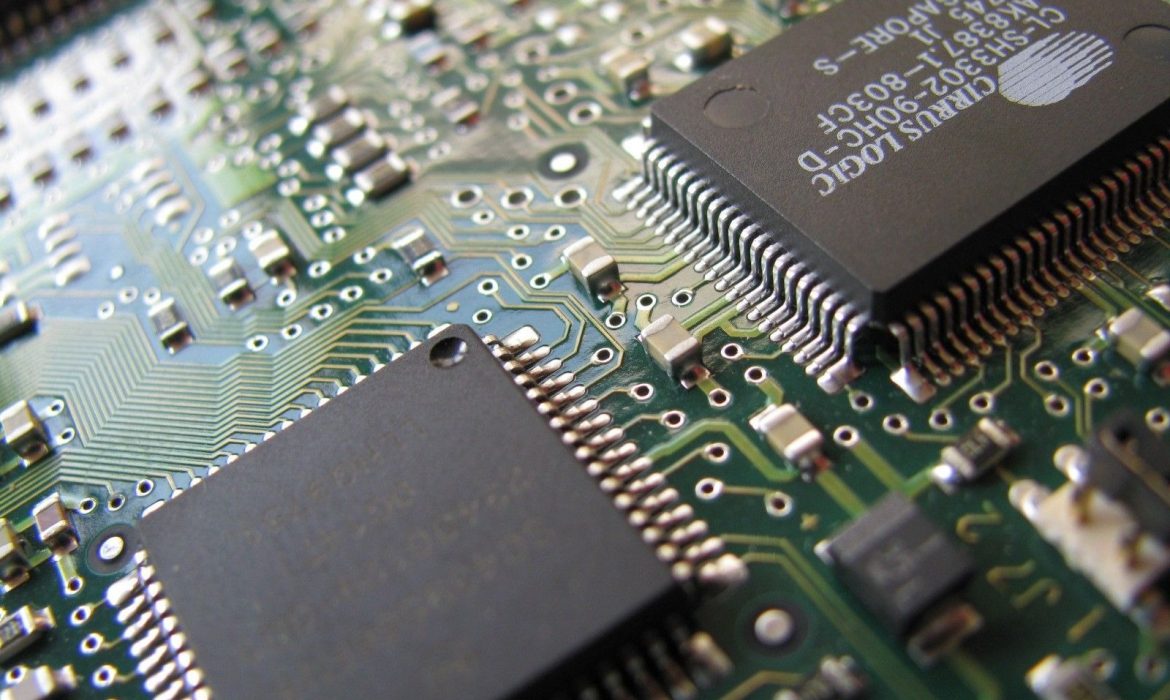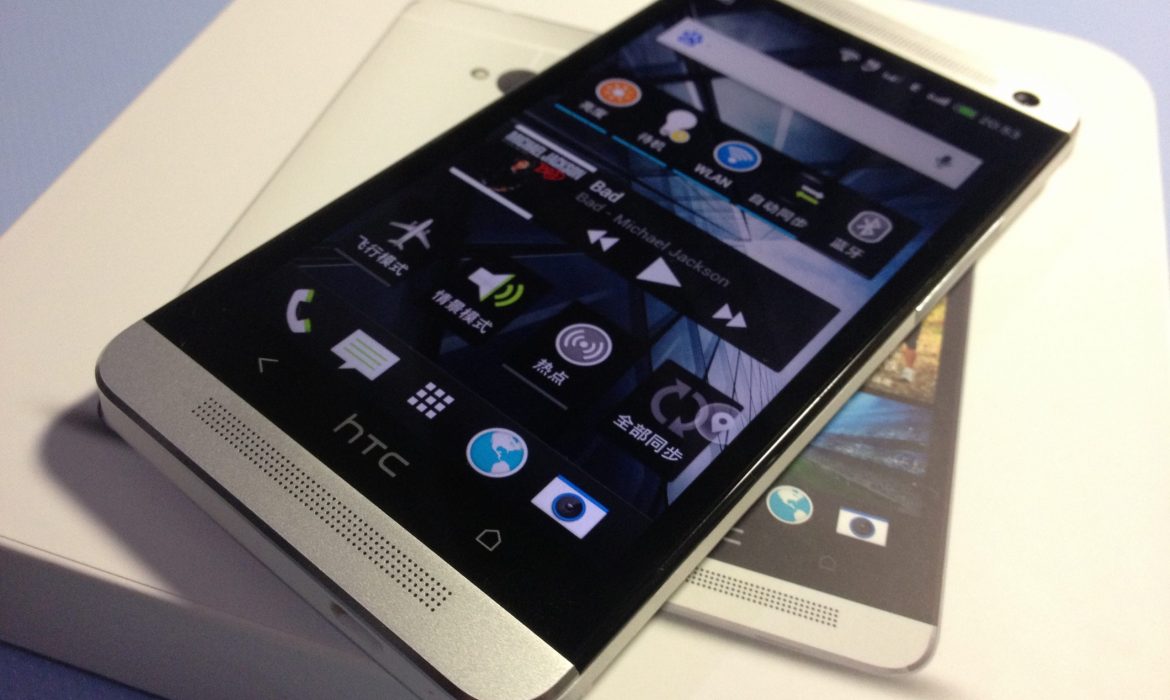Samsung’s Next Frontier: Building Smartphones in Egypt
In a surprising move, Samsung, the tech giant synonymous with innovation, is expanding its manufacturing prowess to the historic land of Egypt. The country, better known for its ancient pyramids and rich cultural heritage, is now set to host a state-of-the-art smartphone manufacturing plant by Samsung.
The announcement was made official by Egypt’s Ministry of Communications and Information Technology, revealing plans for a cutting-edge facility sprawled over 6,000 square meters in the city of Beni Suef. This bold venture is anticipated to create a significant impact, generating approximately 1,400 direct and indirect employment opportunities, especially in the region of Upper Egypt.
The decision to establish this manufacturing hub stemmed from a strategic meeting between Egypt’s Minister of Communications and Information Technology, Amr Talaat, and Samsung Egypt’s Chairman of the Board of Directors, Jun Soo Jung. The plant’s primary purpose is to cater to the surging demand for Samsung’s latest phones within the Egyptian market.
Construction is poised to commence in the fourth quarter of this year. However, considering the scale of the endeavor, it’s unlikely that the factory will commence full-scale production before the next year.
While Egypt might not immediately become a global manufacturing hub for Samsung devices, this move underscores the brand’s commitment to localized production, ensuring a seamless supply chain to meet local demands effectively. Samsung’s global manufacturing network, including the notable facilities in Vietnam and the recent expansions in India, is a testament to its adaptive strategies in the ever-evolving tech landscape.
As Egypt prepares to welcome Samsung into its industrial landscape, it marks a significant chapter not only for the country’s economic growth but also for Samsung’s ongoing legacy as a global technology powerhouse. This venture, marrying ancient heritage with modern innovation, is poised to reshape the narrative of tech manufacturing in the region.
NVIDIA’s $1 trillion stock valuation fell as investors
In a sudden market jolt, NVIDIA, the prominent chip maker, experienced its most significant one-day drop in stock value, tumbling 5.7% just a day after breaching the elusive $1 trillion valuation mark. This sharp decline, the steepest since late January, leaves NVIDIA’s market worth at $934 billion, sparking concerns among investors about the potential overvaluation of artificial intelligence technology.
This dip follows ARK Invest’s decision to divest most of its NVIDIA stake before last week’s soaring rally. CEO Kathy Wood voiced her apprehensions, highlighting that NVIDIA’s shares were likely priced well ahead of the industry curve, standing at 25 times the estimated sales for this financial year.
Despite this stumble, NVIDIA’s stock has surged by an impressive 160% this year, contributing significantly to the S&P 500 index’s nearly 9% rise. While this abrupt drop raises questions about the AI sector’s stability, experts like Wharton professor Jeremy Siegel remain optimistic. Siegel believes the AI boom isn’t merely a bubble, although pinpointing its peak remains a challenge, reflecting the ongoing complexities of navigating the dynamic tech market. As the industry continues to evolve, all eyes are on NVIDIA, a pivotal player in the ever-expanding landscape of artificial intelligence.
Twitter’s API Revolution: $5,000-a-Month Pro Plan Unleashes Developer Backlash
Twitter recently made waves in the developer community by unveiling its new API Pro plan, which comes with a hefty price tag of $5,000 per month. The subscription aims to provide enhanced access to Twitter’s API for developers, allowing them to leverage advanced features and data capabilities. However, the introduction of this high-priced plan has sparked debate and criticism, leaving many developers questioning the cost-effectiveness and practicality of the offering.
The API Pro Plan: The API Pro plan offers developers monthly access to 1 million tweets, with a posting limit of 300,000 tweets. Additionally, subscribers gain access to 3 app IDs, real-time stream filtering, and full archive search. Twitter positions this tier as an option for “expanding startups” seeking robust data capabilities to fuel their growth. However, the steep price tag of $5,000 per month places it well beyond the budgets of many small and medium-sized businesses and startups.
Limited Free and Basic Plans: Alongside the API Pro plan, Twitter also introduced a severely limited free plan, known as the basic plan, as well as an Enterprise access tier with individual pricing. The basic plan, which costs $100 per month, offers significantly reduced access and reading speed compared to the API Pro plan. While these options provide some flexibility, developers are concerned about the practicality and affordability of the available plans, especially for data researchers and smaller startups.
Mixed Reactions from the Developer Community: The announcement of the API Pro plan has drawn a range of reactions from developers. While some appreciate the advanced features it offers, many have expressed their dissatisfaction with the exorbitant price tag and the restrictions imposed. Maxime Dupré, the developer of Birdy, went as far as offering a suggested price of $1,000 for a more meaningful plan that strikes a better balance between affordability and functionality. This sentiment reflects the concerns shared by many developers who believe the current pricing structure does not align with the value provided.
The Future of Twitter’s Developer Ecosystem: Twitter’s decision to introduce a high-priced API Pro plan signals a strategic shift in its approach to its developer ecosystem. By offering advanced features and data capabilities at a premium price, Twitter aims to generate revenue and cater to the needs of expanding startups. However, the backlash from developers raises important questions about the accessibility and fairness of the pricing structure, particularly for smaller businesses and independent developers who rely on Twitter’s API for their applications and research.
Conclusion: Twitter’s introduction of the API Pro plan has sparked controversy within the developer community. While the offering provides enhanced data capabilities, the price tag of $5,000 per month has raised concerns about affordability and practicality. As developers voice their dissatisfaction and propose alternative pricing models, Twitter must carefully consider the needs of its developer ecosystem and strike a balance between revenue generation and providing fair access to its API. The future of Twitter’s developer community hinges on the platform’s ability to address these concerns and foster an environment that encourages innovation and growth for developers of all sizes.
YouTube Bids Farewell to Stories Feature: A Reflection on Its Limited Popularity
In a move that probably won’t come as a surprise to many, YouTube has announced that it is removing its Stories feature from the platform. Inspired by Instagram Stories, YouTube Stories failed to gain significant popularity and will disappear from the platform after June 26. While existing Stories will remain available for another seven days, the decision underscores YouTube’s shift in focus toward other content formats such as Shorts, and also points to a broader trend of companies experimenting with similar features.
The rise and fall of YouTube Stories:
YouTube introduced its own version of Stories in 2017, initially restricting access to authors with more than 10,000 subscribers. The feature allowed these authors to share updates and promote their channels with short-lived, ephemeral content. However, YouTube Stories never really gained a foothold on the platform due to limited access and low popularity among both creators and viewers. The YouTube community continued to rely on long and short videos to interact with its audience.
Expanding community posts and new features:
Recognizing the need to provide creators with alternative ways to interact with their audiences, YouTube recently expanded access to community posts. This feature allows creators to share text updates, polls, quizzes and images directly on their channels, promoting engagement and interactivity. YouTube has also implemented the ability to delete posts after a certain period of time, giving creators more control over their content. Although Stories may be a thing of the past, YouTube continues to improve the features of its platform and explore new ways to create content and engage audiences.
Emphasis on shorts and competition with TikTok:
YouTube’s decision to remove Stories coincides with its strategic focus on Shorts, a short video feature aimed at competing with the popular TikTok platform. By encouraging more creators to create shorts content, YouTube aims to appeal to a wider audience and stay relevant in the rapidly changing social media landscape. To incentivize shorts creators, YouTube began sharing ad revenue with them earlier this year, underscoring its commitment to developing this new content format.
Similar features on other platforms:
YouTube is not alone in its experimentation with Stories-like features. Various companies have ventured into this field before, but then made similar decisions to discontinue them. Netflix once introduced “Extras” in its mobile app, sharing videos and photos from popular shows, and then switched to vertical short videos. LinkedIn dropped its Stories feature in 2021, and Twitter dropped its Fleets feature just eight months after launching. Spotify also recently introduced a Stories feature for artist profiles, reflecting the industry’s broader exploration of ephemeral content formats.
Conclusion:
In saying goodbye to its Stories feature, YouTube acknowledges that it had limited influence and popularity among creators and users. YouTube’s decision to remove Stories is consistent with its focus on cultivating shorts and competing with platforms like TikTok. By expanding access to community posts and introducing new features, YouTube aims to give creators a variety of ways to interact with their audiences. The fate of Stories on other platforms serves as a reminder that not all experimental features find lasting success. As the digital landscape evolves, companies will continue to explore innovative content formats, adapting to the ever-changing preferences of creators and users alike.
China’s Retaliatory Strike: Ban on Micron Chips Raises Cybersecurity Alarm
China’s recent ban on the purchase of certain Micron chips has sparked controversy and escalated cybersecurity concerns between the United States and China. The ban, which comes as a response to previous U.S. sanctions, alleges cybersecurity threats associated with the use of Micron processors. The move reflects the ongoing trade tensions and tit-for-tat actions between the two economic powerhouses. As the cybersecurity landscape becomes increasingly complex, the ban highlights the potential risks associated with global supply chains and the growing importance of securing key information infrastructure.
China’s Ban on Micron Chips: China’s Cyber Administration has issued a directive ordering companies categorized as “key information infrastructure” to cease purchasing Micron processors. The administration claims that Micron chips have significant cybersecurity issues and pose a great risk to the country’s critical information supply chains. The term “key information infrastructure” encompasses sectors such as telecommunications, energy, transportation, finance, and defense, which are considered vital to China’s national interests.
Unclear Reasons and Cybersecurity Concerns: While the Chinese authorities have not explicitly stated how Micron chips pose a threat, they refer to a cybersecurity law implemented in 2016. This broad law covers various cybersecurity issues, making it difficult to pinpoint specific concerns regarding Micron’s products. The lack of transparency raises questions about the motivations behind the ban and the potential impact on global technology supply chains.
Micron’s Presence in China: Micron, a major semiconductor company, has established factories in China over the past 16 years. The country represents Micron’s third-largest market, accounting for 10.7% of its annual revenue in 2022. In its last annual report, Micron anticipated potential challenges in China, including increased competition from Chinese government-backed entities such as Yangtze Memory Technologies Co., Ltd. and ChangXin Memory Technologies, Inc. These entities have received substantial investments aimed at advancing China’s semiconductor industry and achieving national policy objectives. Micron also expressed concerns about potential market restrictions and competition limitations imposed by the Chinese government.
U.S. Response and Memory Chip Market Distortions: In response to the ban, the U.S. Department of Commerce has announced its intention to engage directly with Chinese authorities to clarify the U.S. position on the matter. The department aims to address the “memory chip market distortions caused by China’s actions” and plans to collaborate with key allies in finding a resolution. The ban on Micron chips further intensifies the trade tensions between the United States and China, highlighting the need for diplomatic negotiations and efforts to maintain fair competition in the semiconductor industry.
Conclusion: China’s ban on the purchase of certain Micron chips, citing cybersecurity concerns, adds another layer of complexity to the ongoing trade disputes between the United States and China. The ban underscores the importance of securing critical information infrastructure and the potential risks associated with global supply chains. As technology becomes increasingly intertwined with national security and economic interests, it is crucial for both countries to engage in constructive dialogue to address concerns and find mutually beneficial solutions. The resolution of these trade tensions will be crucial for maintaining a stable and prosperous global tech industry in the face of evolving cybersecurity challenges.
Waterproof, Powerful, and Picture-Perfect: HTC U23 Pro Redefines Mid-Range Smartphones
HTC, a well-known player in the smartphone industry, returns with its latest offering, the HTC U23 Pro. This highly anticipated device marks the return of the U series after the release of the U20 5G in 2020. Designed for the mid-range market, the HTC U23 Pro boasts impressive specs, a stunning OLED display, a powerful hardware platform and a host of attractive features that are sure to appeal to smartphone enthusiasts.
Impressive display and performance:
The HTC U23 Pro features a large 6.7-inch OLED display that delivers an immersive visual experience thanks to an FHD+ resolution of 2400×1080 pixels. With a high refresh rate of 120Hz, users can expect smooth scrolling, smooth animations and overall improved display performance. The device runs on the Snapdragon 7 Gen 1 hardware platform, providing seamless multitasking and smooth navigation.
Plenty of storage and configurations:
HTC U23 Pro offers ample storage options: 8GB or 12GB of RAM and 256GB of built-in flash storage. Users can easily expand storage capacity with a microSD card slot, providing the flexibility to store an extensive media library, games and apps.
Expanded camera capabilities:
The HTC U23 Pro features a four-lens camera module on the back. The main 108-megapixel module is complemented by an 8-megapixel ultra-wide-angle lens, a 5-megapixel macro lens and a 2-megapixel scene depth sensor. This versatile camera system allows users to capture stunning photos and videos from multiple angles. On the front of the device is a 32-megapixel camera housed in the display cutout, perfect for taking high-quality selfies.
Battery, Charging and Key Features:
The HTC U23 Pro is powered by a reliable 4,600 mAh battery for all-day long use. The device supports 30W wired charging, 15W wireless charging and even reverse wireless charging, allowing users to share their device’s energy with compatible accessories. Integrating a fingerprint scanner into the power button increases security and usability. In addition, the presence of a 3.5mm audio jack and IP67 water and dust protection add to the device’s appeal. The HTC U23 Pro runs the latest Android 13 OS and comes preloaded with the HTC VIVERSE app, allowing users to explore mixed reality experiences when paired with the VIVE XR Elite headset.
Availability and pre-order details:
The HTC U23 Pro is available for pre-order now, with prices starting at $550 for the 8GB/256GB configuration and $585 for the 12GB/256GB version. Official shipments will begin June 5. Early birds who pre-order before June 4 will receive an $86 wireless headphone, further adding value to this highly-anticipated release.
With the HTC U23 Pro, HTC aims to make a splash in the mid-range smartphone market. Featuring an impressive OLED display, powerful hardware, an advanced camera, and a number of notable features, this device has the potential to win over users looking for a balance between affordability and performance. As pre-orders begin and shipments approach, consumers are eagerly awaiting the HTC U23 Pro, anticipating a smartphone that combines quality, innovation and HTC’s legendary craftsmanship.
Samsung Strikes Deal with LG Display for OLED Panels, Fostering an Unlikely Alliance
Introduction: In a surprising twist, Samsung has recently inked a deal with its arch-rival LG Display for the purchase of OLED panels for its television sets. This unexpected alliance marks a significant development in the highly competitive consumer electronics industry, as two tech giants put aside their differences to leverage each other’s strengths. The agreement signals a shift in the dynamics of the market, with Samsung recognizing the superior quality of LG’s OLED technology and seizing the opportunity to enhance its own television offerings.
A Breakthrough in Display Technology: OLED (Organic Light-Emitting Diode) panels have gained immense popularity due to their ability to deliver vibrant colors, deep blacks, and exceptional contrast ratios. LG Display has long been at the forefront of OLED technology, investing heavily in research and development to perfect their manufacturing processes. Samsung’s decision to procure OLED panels from its rival signifies a recognition of LG Display’s unparalleled expertise in this domain, and a desire to elevate the visual experience offered by their own televisions.
Samsung’s Embrace of OLED: Historically, Samsung has been a proponent of its own display technology known as QLED (Quantum-dot Light-Emitting Diode). However, OLED technology has gained a dedicated following due to its superior image quality and wider viewing angles. By embracing LG Display’s OLED panels, Samsung aims to capitalize on these advantages and meet the growing demand for OLED televisions from discerning consumers who prioritize visual excellence.
Redefining Industry Rivalries: The partnership between Samsung and LG Display underscores the changing dynamics of the consumer electronics industry. While intense competition has traditionally defined their relationship, this agreement demonstrates a willingness to collaborate when it serves mutual interests. By acknowledging LG Display’s technological prowess and forming this unexpected alliance, Samsung sets a precedent for the industry, emphasizing the importance of innovation and adaptability over rigid rivalries.
Enhanced Visual Experiences: The utilization of LG Display’s OLED panels in Samsung televisions is poised to revolutionize the visual experiences enjoyed by consumers. OLED’s ability to produce deep blacks and precise colors, combined with Samsung’s expertise in display optimization and cutting-edge features, will deliver an unparalleled viewing experience. This collaboration has the potential to raise the bar for television technology, captivating audiences with breathtaking imagery and immersing them in a world of cinematic beauty from the comfort of their homes.
Implications for the Market: Samsung’s decision to source OLED panels from LG Display will have ripple effects throughout the consumer electronics landscape. It not only underscores the growing prominence of OLED technology but also provides LG Display with a significant boost in sales and market influence. This unexpected partnership between two industry giants has the potential to disrupt the traditional power dynamics within the display market and stimulate increased innovation and competition among other manufacturers.
Conclusion: Samsung’s recent agreement with LG Display to procure OLED panels for its televisions showcases a remarkable departure from the fierce rivalry that has long defined their relationship. By recognizing the superior qualities of LG Display’s OLED technology, Samsung demonstrates a commitment to providing consumers with the best visual experience possible. This unlikely alliance not only elevates the quality of Samsung televisions but also signifies a changing landscape within the consumer electronics industry, where innovation and collaboration take precedence over rigid rivalries. As a result, consumers can look forward to enjoying enhanced visual experiences and a wider range of cutting-edge television options in the near future.
UK regulator examines impact of artificial intelligence
In a move highlighting the evolving landscape of artificial intelligence, the UK’s Competition and Markets Authority (CMA) has turned its gaze toward large language models and generative AI, notably focusing on technologies like OpenAI’s ChatGPT. These AI systems, grounded in immense datasets, have the potential to revolutionize human productivity, streamlining tasks from marketing copy creation to coding.
However, the swift pace of AI advancements has raised concerns among governments worldwide. The CMA, in particular, is delving deep into these complexities, aiming to gauge the impact of AI systems on individuals, businesses, and the economy. Their mission? To foster open, competitive markets while safeguarding consumers from potential pitfalls like false information dissemination.
Sarah Cardell, Director General of the UK CMA, stressed the importance of ensuring that the benefits of AI technology are harnessed by UK businesses and consumers while maintaining a robust shield against deceptive practices.
The CMA’s investigation involves gathering insights and evidence from stakeholders, fostering an inclusive dialogue until June 2. Their comprehensive report, slated for release in September, will illuminate the intricate interplay between AI, consumers, and the market.
This development aligns with the UK government’s proactive stance, urging regulators to scrutinize AI systems for adherence to fundamental principles such as security, transparency, and accountability. The UK’s approach emphasizes the application of existing regulations, a strategic maneuver to balance innovation with ethical considerations.
In parallel, international scrutiny on AI ethics intensifies. Italy’s data protection service recently probed OpenAI over a potential breach of European privacy rules, highlighting the global discourse on data protection. Additionally, the European Union has proposed pioneering AI legislation, aiming to restrict AI usage in vital sectors like infrastructure and law enforcement, underscoring the critical need for ethical AI governance on a global scale.
As nations grapple with these challenges, the UK’s dedicated investigation embodies a balanced approach: embracing innovation while staunchly upholding ethical boundaries, ensuring a future where AI-driven progress harmonizes with consumer protection.
From PaLM 2 to search innovation: Google I/O 2023 covers AI for a profitable future.
In a world where artificial intelligence is evolving at an unprecedented pace, Google has demonstrated its commitment to pushing the boundaries of innovation. From the introduction of PaLM 2, the next generation of the big language model, to the exciting updates to chatbot Bard and Google Workspace, it is clear that Google is investing heavily in the future of artificial intelligence.
But let’s not forget that at the heart of Google’s success is the search engine, the very platform that has made the company a technology powerhouse. And, as it should, Google Search doesn’t stay away from the march of progress. What’s more, the company is using modern technology to improve its flagship product and further enhance its profitability.
During the conference, Google demonstrated how artificial intelligence is being integrated into Google Search to improve the user experience and provide more relevant results. With advances in natural language processing, the new PaLM 2 model promises to understand search queries with more nuance and context, allowing it to provide more accurate and personalized answers. This evolution marks a significant step forward in bridging the gap between users and the information they seek.
Google also announced an updated version of its artificial intelligence-powered chatbot Bard. This virtual assistant, based on cutting-edge language models, is designed to make search interaction more conversational and intuitive. Using the power of natural language understanding, Bard will be able to interpret complex queries and engage in dynamic dialogues, providing users with more interactive and efficient search responses.
But Google’s pursuit of AI doesn’t end there. The company has demonstrated how it plans to integrate AI capabilities into Google Workspace, its suite of productivity tools. From intelligent document formatting to automated data analysis, Google aims to streamline workflows and provide users with smart features that improve collaboration and productivity. Using artificial intelligence capabilities, Google Workspace will become an even more indispensable tool for individuals and organizations alike.
It’s worth noting that as Google continues to push its AI-based initiatives, concerns about privacy and data security remain. With great power comes great responsibility, and Google must ensure that user data is protected and used ethically. The company has been successful in addressing these concerns by implementing robust privacy protections and transparency initiatives. But as AI becomes increasingly woven into our daily lives, constant vigilance and accountability are critical.
As Google’s I/O 2023 conference approaches, it’s clear that the company has an unwavering focus on artificial intelligence. From PaLM 2 to Bard to integrating AI into Google Workspace, Google aims to make our digital experience smarter, more intuitive and, ultimately, more human. As we look to the future, it’s clear that AI will continue to shape the technological landscape, and Google remains at the forefront of this transformative journey.
Apple achieves remarkable quarter with record-breaking iPhone sales and 1 billion subscriptions milestone
Apple has long been known for its innovative products, and this quarter’s results only reinforce its position as a leader in the tech world. The company announced a staggering number of iPhone sales, exceeding expectations and shattering previous records. This impressive performance can be attributed to a combination of factors, including strong demand for the iPhone 13 lineup, increased adoption of 5G technology, and successful marketing campaigns.
Furthermore, Apple revealed that it now has nearly 1 billion active subscriptions across its various services, such as Apple Music, Apple TV+, Apple Arcade, iCloud, and more. This highlights the company’s successful transition from being solely a hardware manufacturer to becoming a significant player in the services industry. These subscription-based services provide users with a seamless experience across multiple devices and have become an essential part of Apple’s ecosystem.
The growth of Apple’s services division has been remarkable, as it continues to diversify its revenue streams and capitalize on the loyal customer base it has cultivated over the years. The company’s services have been praised for their quality, user-friendliness, and integration with Apple’s hardware, which has been a key factor in attracting and retaining subscribers.
Additionally, Apple’s commitment to privacy and data security has resonated with consumers, further boosting its reputation and customer loyalty. With concerns over data breaches and privacy violations becoming more prevalent, Apple’s emphasis on protecting user information has become a significant selling point for its products and services.
